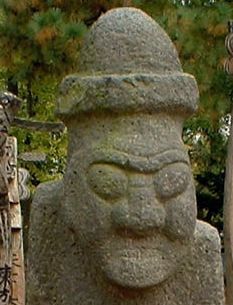Economy
In 2006, the GDP of the province was projected at 8.5 trillion won (about US$8.5 billion), approximately 15 million won per capita. The provincial government's budget for 2006 was projected at 1.1 trillion won, an increase of 10% over 2005.
Jeju is also a home for key functions of Daum Communications,a leading Korean internet site, and sole owner of Lycos until August, 2010.
Jeju is also famous for hosting many conferences and international meetings, including the World Scout Conference in July 2008. Jeju has its own international convention center called ICC Jeju. The ASEAN-KOREA Commemorative Summit 2009 was held at ICC Jeju.
In 2010, the South Korean central government tasked Jeju Island to develop itself as an international Meetings, Incentives, Conferencing, Exhibitions destination, and since then, the island has hosted a number of notable events such as the 10,000-pax China Baozhen Group incentive and 8,000-pax Amway (South) Korea incentive. In 2010, the destination welcomed 67 events, enabling it to reach 27th spot globally and seventh in Asia in the UIA ranking of global meetings destinations.






